Oral Pathology and Microbiology, as a sub-specialization, dives deep into the study of oral diseases and their microbiological aspects.
Admission Process: MDS Oral Pathology and Microbiology
Before delving into the admission process, let's briefly understand what MDS Oral Pathology and Microbiology is all about. MDS stands for Master of Dental Surgery, and this specialization focuses on the diagnosis, management, and prevention of oral diseases. Oral Pathology and Microbiology, as a sub-specialization, dives deep into the study of oral diseases and their microbiological aspects. an MDS in Oral Pathology and Microbiology is a commendable choice for those passionate about oral health and microbiological studies. By following the steps outlined in this guide and maintaining dedication to your studies, you can successfully secure admission and excel in this field.
1. Entrance Examination
The first step in securing a seat in this highly competitive program is to excel in the entrance examination. The examination usually consists of multiple-choice questions that assess your knowledge in subjects related to dentistry, oral pathology, and microbiology.
2. Counseling and Seat Allotment
Once you've cleared the entrance examination, you'll be called for counseling. During this phase, you can choose the institution of your preference based on your rank and availability of seats. It's essential to be well-prepared for this step, as making the right choice of institution can significantly impact your academic journey.
3. Document Verification
After seat allotment, you'll need to submit your documents for verification. These typically include:
a. Mark Sheets and Certificates: You'll need to provide your BDS mark sheets and certificates.
b. Certificate: Proof of your one-year rotating internship.
c. Registration Certificate: Ensure your dental council registration is valid.
d. Entrance Exam Scorecard: Submit your entrance examination scorecard.
e. Identity Proof: A government-issued ID like Aadhar card or passport.
f. Passport-sized Photographs: Carry multiple copies for various administrative purposes.
4. Course Commencement
Once your documents are verified, you'll be officially enrolled in the MDS Oral Pathology and Microbiology program. The course typically spans three years and consists of both theoretical and practical components.
Tips for Success: MDS Oral Pathology and Microbiology
Securing admission is just the first step towards your MDS journey. Here are some valuable tips to succeed in this challenging field:
Dedication to Learning:
Dedication to learning is the foundation of success in any academic pursuit, and MDS is no exception. In this context, it means:
Thorough Study: Commit to a thorough study of oral pathology and microbiology. Invest time in understanding the fundamentals, as a strong foundation is essential for advanced learning.
Continuous Learning: Recognize that learning doesn't stop after admission. Stay curious and keep exploring new facets of your field, as dentistry is a constantly evolving discipline.
Use Resources: Utilize textbooks, academic journals, online courses, and educational resources to broaden your knowledge. Don't hesitate to seek guidance from professors and experts.
Research Opportunities:
Engaging in research can enhance your understanding and contribute to the field. Here's how:
Identify Interests: Identify specific areas of oral pathology and microbiology that intrigue you the most. This will help you focus your research efforts effectively.
Collaboration: Collaborate with professors and researchers who share your interests. Collaborative research can provide valuable insights and open doors to publishing papers.
Publication: Strive to publish your research findings in reputable journals. It not only adds to your academic credentials but also contributes to the scientific community.
Clinical Exposure:
Clinical exposure is a vital aspect of your MDS journey. Here's how to make the most of it:
Hands-On Experience: During clinical postings, actively engage in patient care. Apply the theoretical knowledge you've gained in real-world scenarios.
Seek Guidance: Don't hesitate to seek guidance from senior practitioners and professors. They can provide valuable insights and mentorship.
Record Keeping: Maintain detailed records of your clinical cases. These records can be immensely helpful for future reference and research.
Stay Updated: Staying updated is crucial in the fast-evolving field of dentistry. Here's how to do it effectively:
Subscribe to Journals: Subscribe to reputable dental journals and scientific publications. Regularly reading articles can keep you informed about the latest research and developments.
Attend Conferences: Attend dental conferences and seminars to network with professionals and stay current with the latest advancements in technology, treatment methods, and research.
Online Resources: Explore online platforms, forums, and social media groups where dental professionals share insights and updates.
Time Management:
Effective time management is essential to excel in your studies while maintaining a balanced life:
Prioritize Tasks: Prioritize your academic commitments while also allocating time for relaxation and leisure activities.
Create a Schedule: Develop a daily or weekly schedule that includes study hours, research time, and personal time. Stick to this schedule to maintain consistency.
Avoid Procrastination: Identify and address procrastination habits early on. Break your tasks into manageable portions to make them less daunting.
Networking:
Building a network can be instrumental in your academic and professional growth:
Engage with Professors: Foster relationships with your professors and mentors. They can provide guidance, recommendations, and even research opportunities.
Peer Connections: Interact with fellow students and professionals in the field. Join dental associations and online forums where you can exchange ideas and experiences.
Alumni Network: Explore your institution's alumni network. Alumni often offer valuable insights and may even help with job placements in the future.
 3 Years
3 Years
 Post Graduate
Post Graduate
 Dental
Dental
 Full Time
Full Time

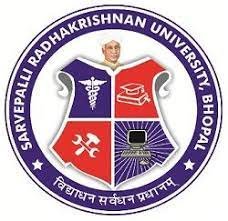
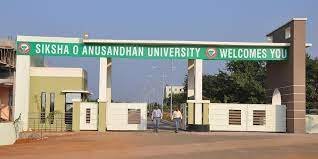
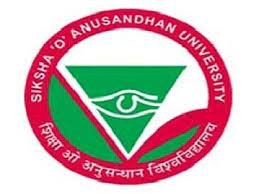
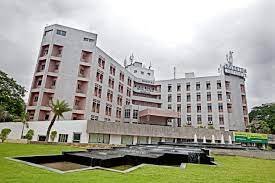
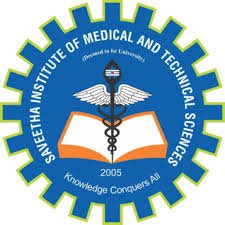
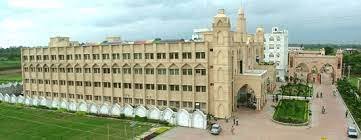
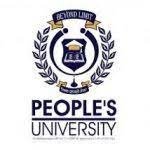

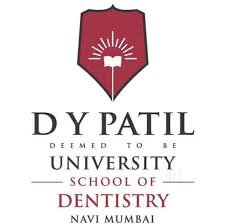
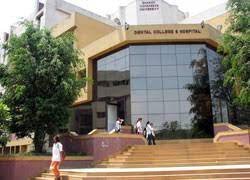
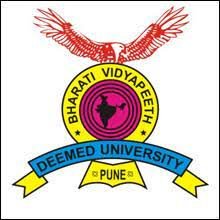
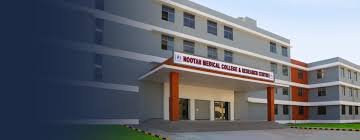
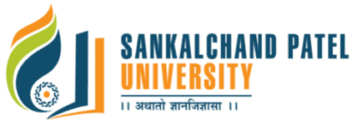
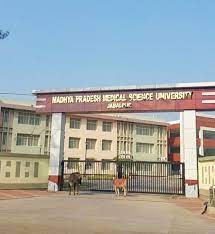
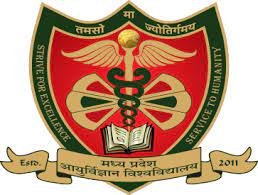

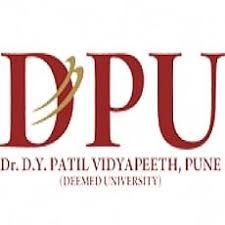



 back
back